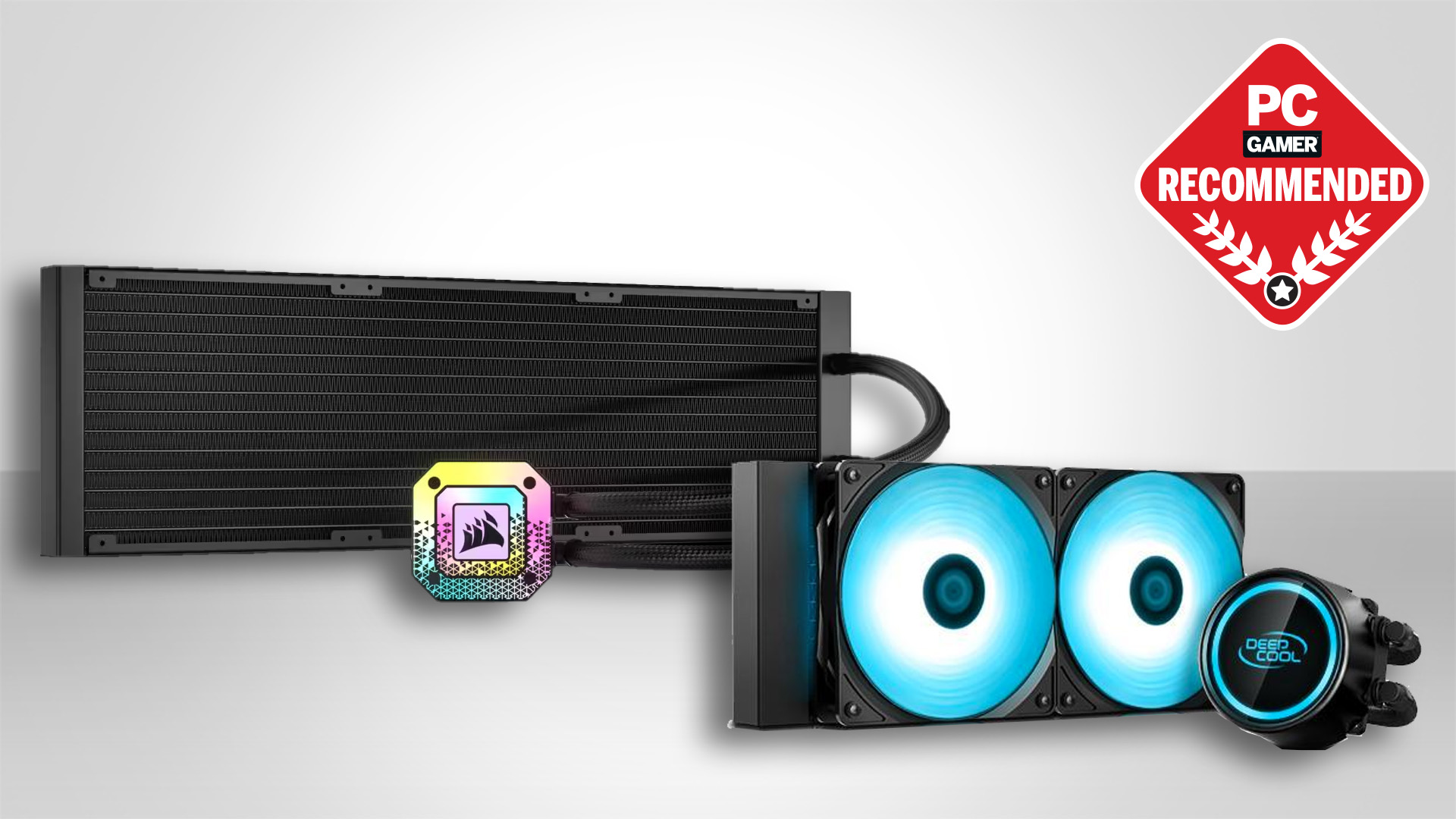Frore's AirJet Mini Slim seems like a significant fanless cooling upgrade, but the lack of adoption for the original AirJet is worrying
The AirJet seemed to hold a lot of promise for smaller cooling solutions, but as things stand the adoption is virtually non-existent.

It's been a year since the public launch of the original Frore AirJet, a compact cooling solution that makes use of an innovative membrane-based method for moving hot air away from internal components. At CES 2024 Frore was keen to show off its latest model, the AirJet Mini Slim, with the promise that it delivers excellent cooling performance and useful new features, like a thinner design, intelligent self-cleaning, and the capability to sense its surrounding temperature and optimise performance accordingly.
This all sounds well and good, but given the lack of adoption of the original AirJet and a distinct lack of global testing, is there something we're missing?
Back in December 2022 we covered a collaboration between Intel and Frore Systems to integrate the AirJet into the Intel Evo platform. It was shown alongside a potentially exciting case study where a single AirJet Pro was used to cool down the APU in what looked like a Steam Deck, and that made a whole lot of sense. Intel's Evo laptops were designed to be small and slim, and the original Steam Deck produced a fair amount of noise when running at heavy load.
A thin and powerful cooling solution, which runs quietly and efficiently would be a perfect solution for either, and yet both the release versions of these devices and subsequent refreshes remain conventionally cooled.
A quick look at Frore's website reveals a page that directs you as to where to buy AirJet enabled products, and it's a list with a grand total of, err, one. One device, the Zotac Zbox Pico P1430AJ, a system that labels itself as the world's smallest Mini PC. Two AirJet Minis are said to remove "an additional 10+ watts of heat", which does seem to suggest that the Zotac unit may well be keeping itself cool primarily by efficient thermal throttling and passive heat venting, with the AirJets helping out when necessary.
Herein may lie a possible issue. While the AirJet might be remarkable in the sense that it delivers any cooling at all in such a slim frame, the cooling requirements of a modern device can become substantial, and a mere five watts of cooling per unit may simply not be enough.
The devices are stackable and can be used in conjunction with each other to deliver more cooling performance, as it has demonstrated to great effect, however once you need multiple units to adequately cool a device it seems easy to imagine the virtues of such a small form factor are quickly negated by the need to fit several of them in one chassis.
Keep up to date with the most important stories and the best deals, as picked by the PC Gamer team.
More than that, there's the unfortunate problem of noise. It's difficult to find video or audio clips of an AirJet running in a quiet environment in such a way that the noise levels can be judged, but when Linus Tech Tips released a video last year of a hands-on with the tech it was mentioned that the noise output, while not particularly loud overall, did reach a higher pitch than a conventional fan set up.

Best AIO cooler for CPUs: Keep your chip chill.
Best air cooler for CPUs: Classic, quiet cooling.
This was theorised as being due to the laminar flow of air created by its vent, and while it was suggested that this could be mitigated by redesigning the chassis ventilation of the devices using it so as not to create noisy turbulence, it does seem like manufacturers might be reluctant to pour R&D resources into vent design simply to accommodate a smaller cooler.
Fan noise can be annoying in multiple ways, but a high-pitched whine will certainly strike one as more irritating to the eardrums than a regular whoosh of air created by a conventional fan. If this is the case, then it wouldn't be a surprise if manufacturers weren't too keen to make a name for themselves as purveyors of the first mosquito-cooled laptop.
Regardless, taking these potential factors into account may provide some answers to why we haven't seen a huge uptake of this new cooling method. While the Frore AirJet may be an innovative and creative solution to the ever-present problems created by heat in our electronic devices, it may well be the case that the technology has a long way to go before companies are prepared to take the leap and adopt it wholeheartedly.

Andy built his first gaming PC at the tender age of 12, when IDE cables were a thing and high resolution wasn't—and he hasn't stopped since. Now working as a hardware writer for PC Gamer, Andy spends his time jumping around the world attending product launches and trade shows, all the while reviewing every bit of PC gaming hardware he can get his hands on. You name it, if it's interesting hardware he'll write words about it, with opinions and everything.

